How to change the battery to prevent spontaneous burning and explosion of electric vehicles
Due to the increasingly serious environmental pollution and the limitation of existing petrochemical fuel reserves, clean energy vehicles have become an inevitable trend in the development of automobiles. New energy vehicles such as hybrid vehicles, pure electric vehicles and fuel cell vehicles have emerged.
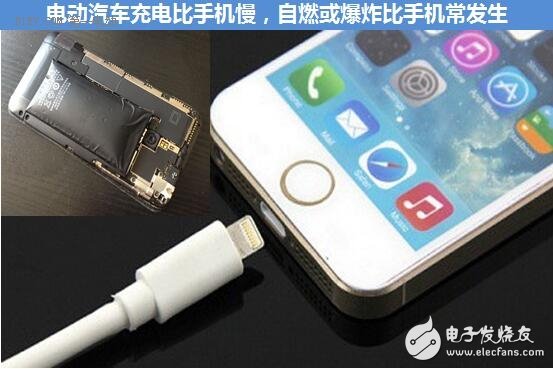
As the core components of hybrid vehicles, pure electric vehicles and fuel cell vehicles, the safety of batteries directly affects the safety of new energy vehicles.
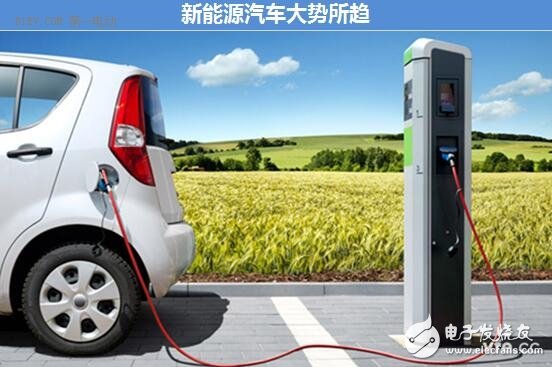
Consumers ridiculed that electric vehicles are slower to charge than mobile phones, but they often explode when compared to mobile phones. So why can the battery explode or ignite spontaneously? How to prevent spontaneous combustion? How can car companies protect the lives of consumers?
1. Why does the battery explode spontaneously?
The electric vehicle battery is similar to the mobile phone battery, and the internal oxidation and reduction reaction occurs during charging and discharging. Explosion or spontaneous combustion is mainly caused by the accumulation of heat when the battery is heated, and it is too late to spread or release. That is to say, the battery generates a large amount of heat during the charging and discharging process (reaction heat, polarization heat, Joule heat, etc.), which causes the internal temperature of the battery to rise and the temperature between the cells to be uneven, resulting in unstable battery performance.
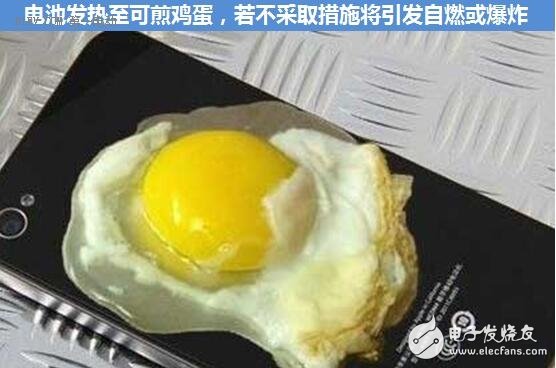
2. What kind of battery is safer?
The batteries used in hybrid vehicles and pure electric vehicles are mainly classified into the following types: lithium iron phosphate batteries, ternary lithium batteries (including NCA and NCM), lithium manganate pools, lithium cobalt oxide pools, and nickel-hydrogen batteries. , lithium titanate pool, etc. At present, the types of batteries used by new energy vehicles are as follows:
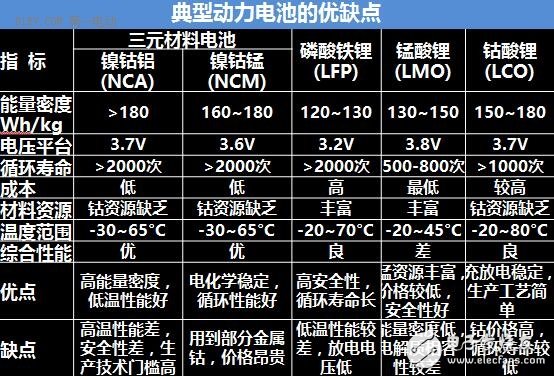
Among them, lithium iron phosphate battery and ternary lithium battery are mainstream products. Their respective advantages and disadvantages are as follows. In comparison, lithium iron phosphate is the safest, and the cost of ternary lithium battery is more suitable for commercialization.

But this is only a matter of its own nature, just as the bomb itself is dangerous, but if managed and controlled, it can also be safely stored. If the battery has a reasonable battery management system and thermal management system (BMS), the battery is controlled and can be safe. The electric car will not explode or spontaneously ignite due to the battery.
3. How can the battery not explode?
Now we know that the battery is releasing heat during the working process. If the heat generated during the charging and discharging process of the battery is too late to release, it will be out of control, or even spontaneously ignited or explode, which has a significant impact on battery performance and safety. Therefore, battery thermal management is required for its battery. Temperature management. The thermal management system is primarily a subsystem of the battery management system that cools the battery when the battery temperature is too high or preheats the battery at low temperatures to protect and maximize battery performance.
The cooling methods of the battery in the thermal management system generally include the following: forced fan cooling, phase change cooling, heat pipe cooling, thermoelectric cooling, air conditioning cooling, cold plate cooling (the medium can be liquid or gas).
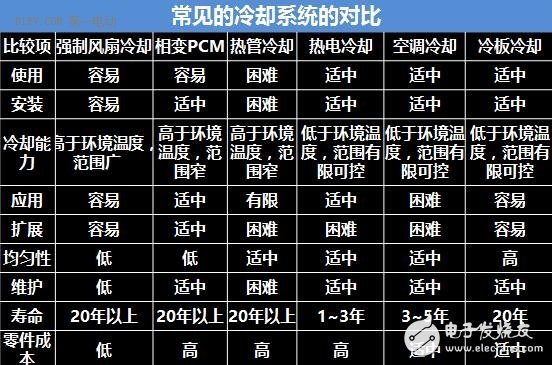

The famous Tesla controls the temperature rise by liquid cooling (50% water + 50% ethylene to prevent the liquid from flowing at low temperatures); the heating and cooling of the universal Volt battery system is cooled by phase change material (PCM). And heating.
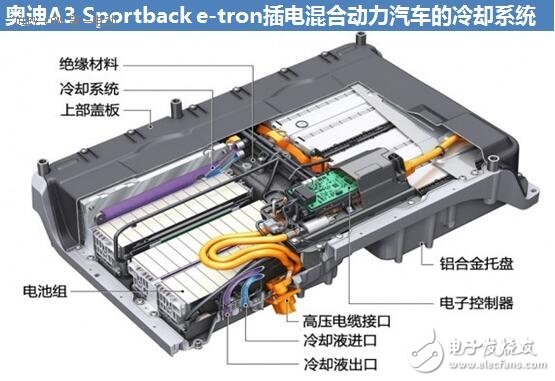
Volkswagen's Audi A3Sportbacke-tron uses a liquid cooling system with a low temperature circuit to control the battery temperature to the optimum range, ensuring that the electric drive unit achieves optimum power and endurance even at low ambient temperatures.
Only the core technologies such as battery management systems and thermal management systems can be mastered, and natural or explosive phenomena caused by batteries can be avoided. Don't just try to get subsidies, catch up with the trend, etc., and ignore the safety of electric vehicles.
Introduction
SCOTECH manufactures a full range of amorphous metal transformers, the core is made of amorphous metal with thickness 0.025mm which result in lower eddy current losses than CRGO core transformer, the core loss is around 70-80% of the regular CRGO core transformer, they are low loss energy saving transformers and environment friendly.
Scope of supply
Primary voltage up to 35KV
Rated power: up to 5MVA
Standards
SCOTECH`s amorphous metal transformers are designed and manufactured in accordance with all major international standards (IEC, ANSI, UL, etc.)
Why SCOTECH
Long history- Focus on transformer manufacturing since 1934.
Technical support – 134 engineers stand by for you 24/7.
Manufacturing-advanced production and testing equipment, strict QA system.
Perfect service-The complete customer service package (from quotation to energization).
Amorphous Transformer,Amorphous Core Transformer,Amorphous Alloy Transformer,Amorphous Metal Transformer
Jiangshan Scotech Electrical Co.,Ltd , https://www.scotech.com